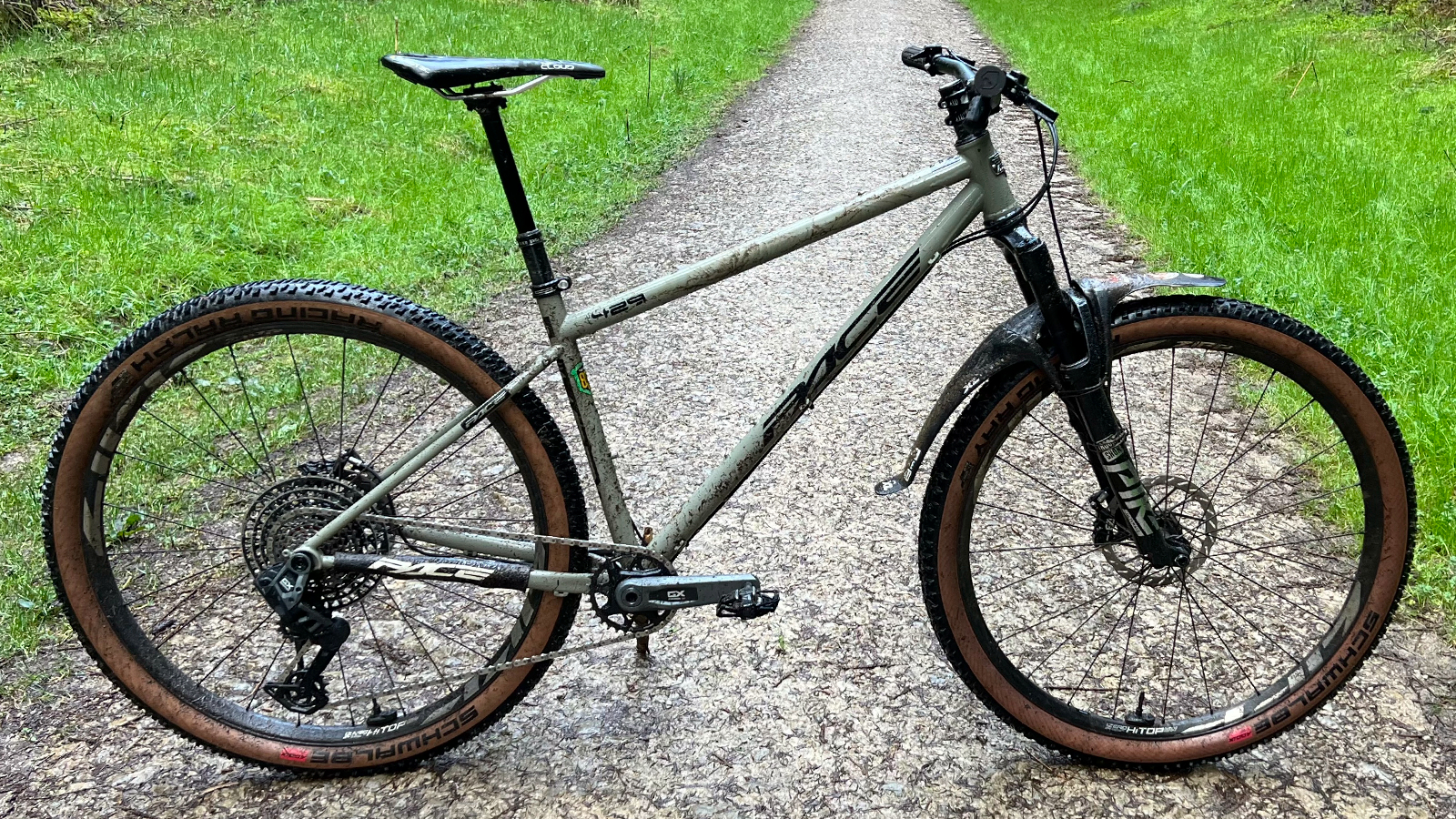
Given it’s crazy gravel adventure bike to hardcore XC/trail bike remit it’s no surprise there’s a lot of mixed messaging coming from Pace with the RC429. So is it “a unicorn that will ride-it-all” and “steel your heart”? A functional, competent, technologically advanced and effective 'sport tool’? Or both? I rode it down black runs in a conventional T-Pack hardtail build and across wild moors in a rigid fork, drop bar G-Pack build to find out.
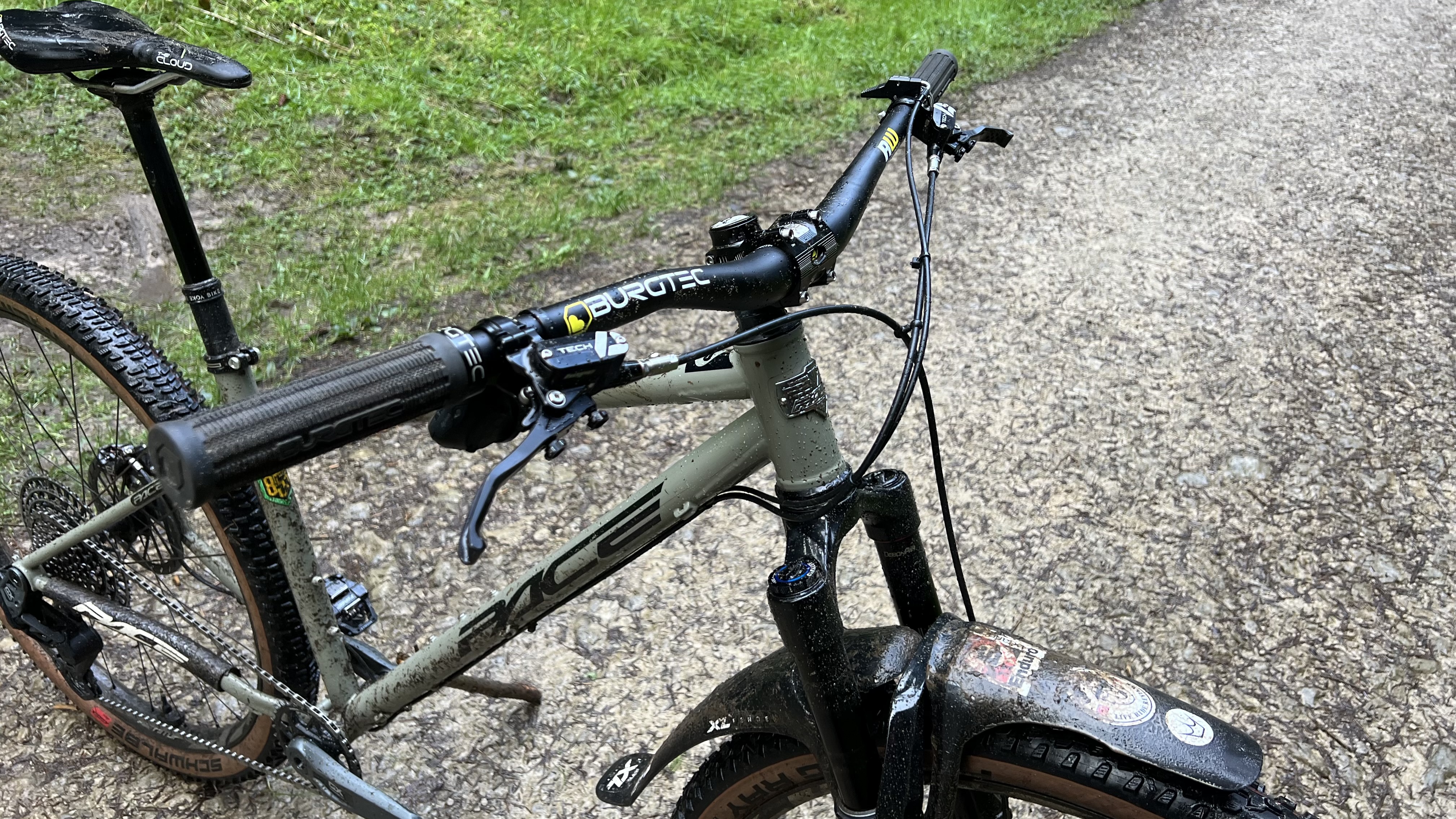
Design and geometry
However you end up building an RC429, you’re starting with the same frame and there’s a lot going on here. 853 is the premium self hardening steel in the Reynolds range and Pace have been using it for years. That means you’re getting a carefully curated mix of relatively slim pipes building up the front end which is welded up by the brand 'Fort' in the Czech Republic. Again, someone Pace has a very long history of working with after supplying their race team with suspension forks in the 1990s. The A-framed back end is a similarly slim mix of steel tubes (Reynolds don’t do 853 stays) but ends in UDH dropouts which are still a rare sight on steel frames. Even without any excessive crimping or machined plates, there’s ample room for 29 x 2.6in tires in the back end too.
If you’re wanting practical fixtures, Pace has really gone all in too. All cables apart from the dropper posts and ports for dynamo lights are externally routed and the frame is covered in mounting bosses for racks and bottles/cargo mounts. If you go for the custom carbon fork option (made by the same company that produces the excellent RC295 full-suspension trail bike) you get more bag mounts and hidden dynamo wiring from hub to crown too. You can get the frame and fork in three different colour options too
While most brands trying to span the gap from gravel to trail with one frame have been conservative with geometry, Pace has gone full send here too. With a 130mm fork in the head angle is at 65 degrees but even in rigid mode it’s 66.5. The seat angle changes from 75-76.5, while reach changes from 473 to 477mm depending on the fork length. At an average of 70mm, bottom bracket drop is absolutely slammed too.
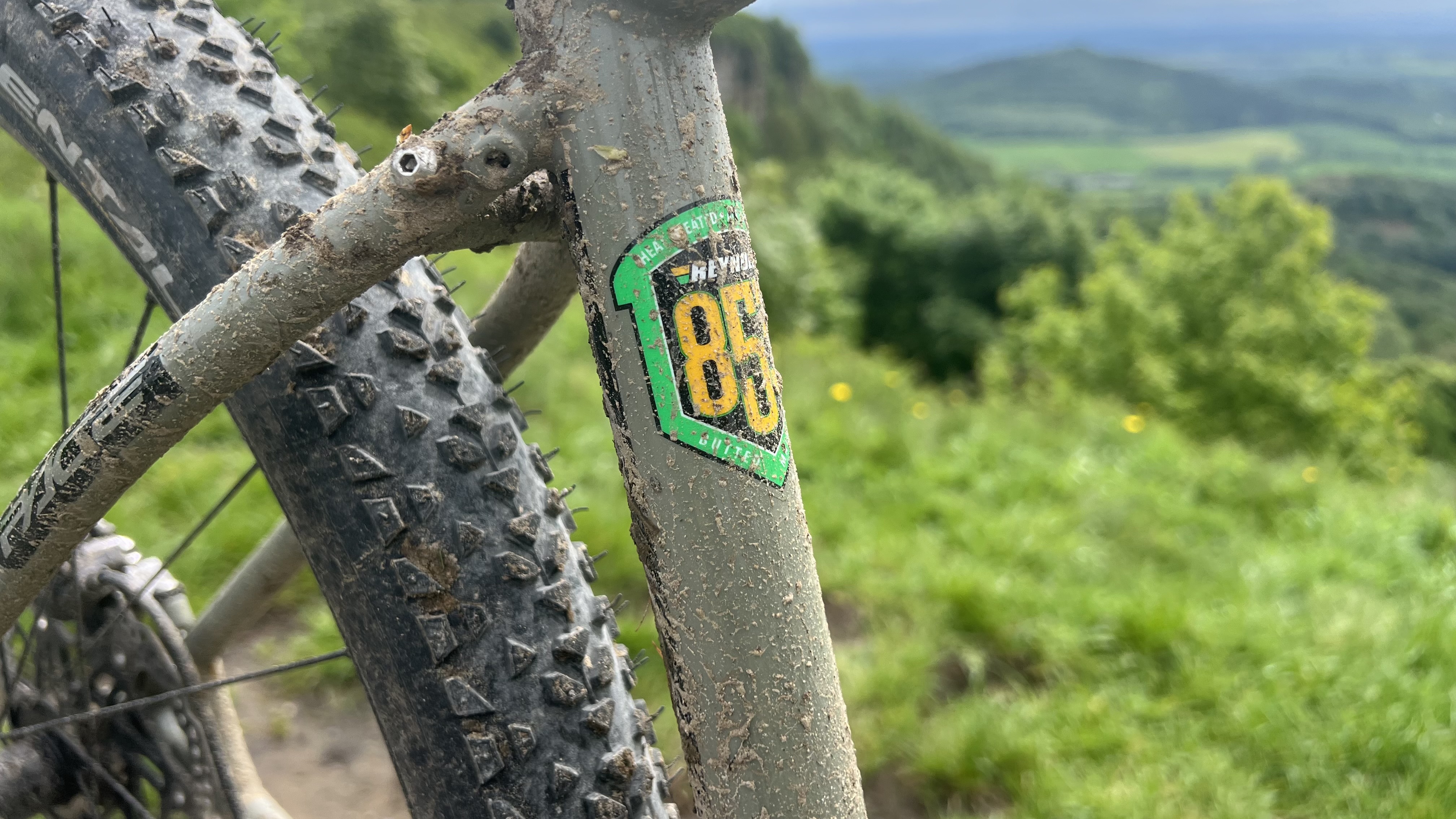
Components and build
I tested the RC429 in two very different builds – the T Pack and the G Pack. The first was a conventional MTB trail build that centres around a 130mm travel RockShox Pike fork and a SRAM GX AXS T-Type Transmission that makes the most of the UDH hanger at the rear. While it comes with Hope or Hunt wheel options, I chucked on a set of Zipp 1Zero HiTop race wheels with Schwalbe XC tires that I was testing anyway. The second was a monster cross / gravel / MTB Frankenbike fever dream with rigid fork, super flared drop bars, a freaky seat pack compatible inverted dropper post from DT Swiss, and a Shimano GRX gravel group. I left the DT rim / Hope hub wheels alone, but did sneak some silly fast Continental Race King tires on to give it proper gravel speed potential.
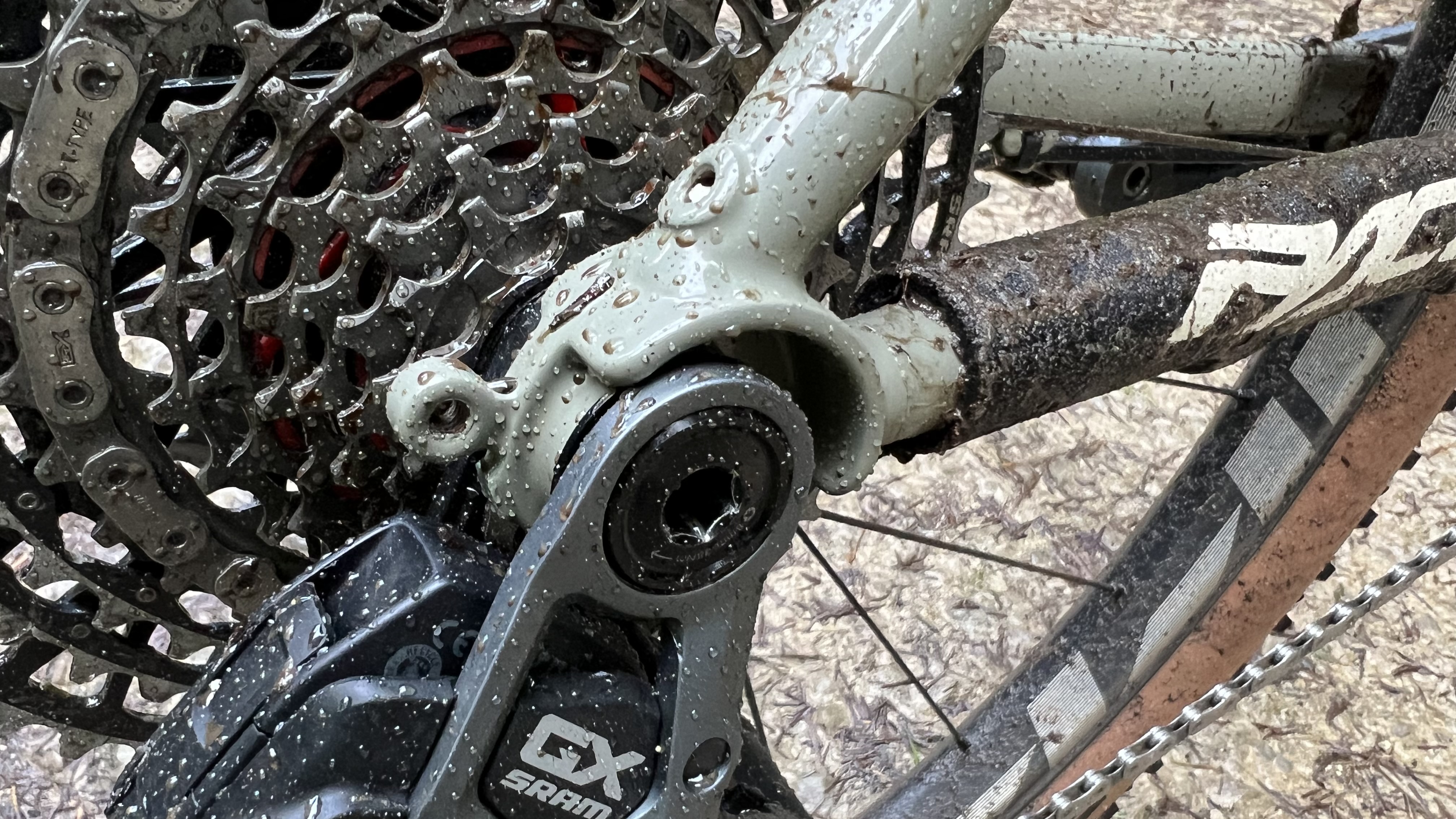
Ride, handling and performance
Let’s start with the simple one. A look at the geometry will tell you that in T-Pack mode, the 429 is an aggressively low, slack forked tech trail tamer. Not as enduro trail focused as the even more aggressively angled, shorter rear end, longer fork RC529 or Stif’s Squatch. But slightly slacker and shorter than Cotic’s Solaris if you run both with a 120mm fork.
The really noticeable difference between the bikes is the frame feel though. While both Pace’s own 529 and the Cotic have a muscular ‘modern steel’ feel, the slim tubes of the RC429 combine with the long rear end to give a more softly sprung ‘classic steel’ vibe. Something Stif achieve with super flat seat stays on their Squatch too and both have the same bonus grip that comes from a compliant, ground moulding chassis. It’s also noticeably more comfortable for a given tire / pressure too which is obviously a fatigue saving gift if you’re wanting to make best use of all the bike packing features on epic adventures.
Inevitably that means less accuracy at the fork and bar tips when you’re really pushing hard, so it’s a bike you have to relax and work with rather than bullying through rock slots and ruts. As a result, while I enjoyed blasting it through my local technical singletrack with the bigger forks – and the bigger tires Pace normally spec would increase security – you could feel it reaching its comfortable limits and starting to writhe a bit if things got really gnarly. While I haven’t ridden it yet, that would suggest the 120mm fork ‘D-Pack’ downcountry build options are the most natural way to serve this bike up for fast, flat bar duty. On that efficiency note, despite all the extra bolts and dynamo holes etc., the frame is still a competitive weight for steel at 2.7kg (size large). That meant it only took fancy carbon race wheels to turn this otherwise all-metal machine into a sprightly and agile-feeling bike that loved to climb or spin out the miles in between the madder bits.
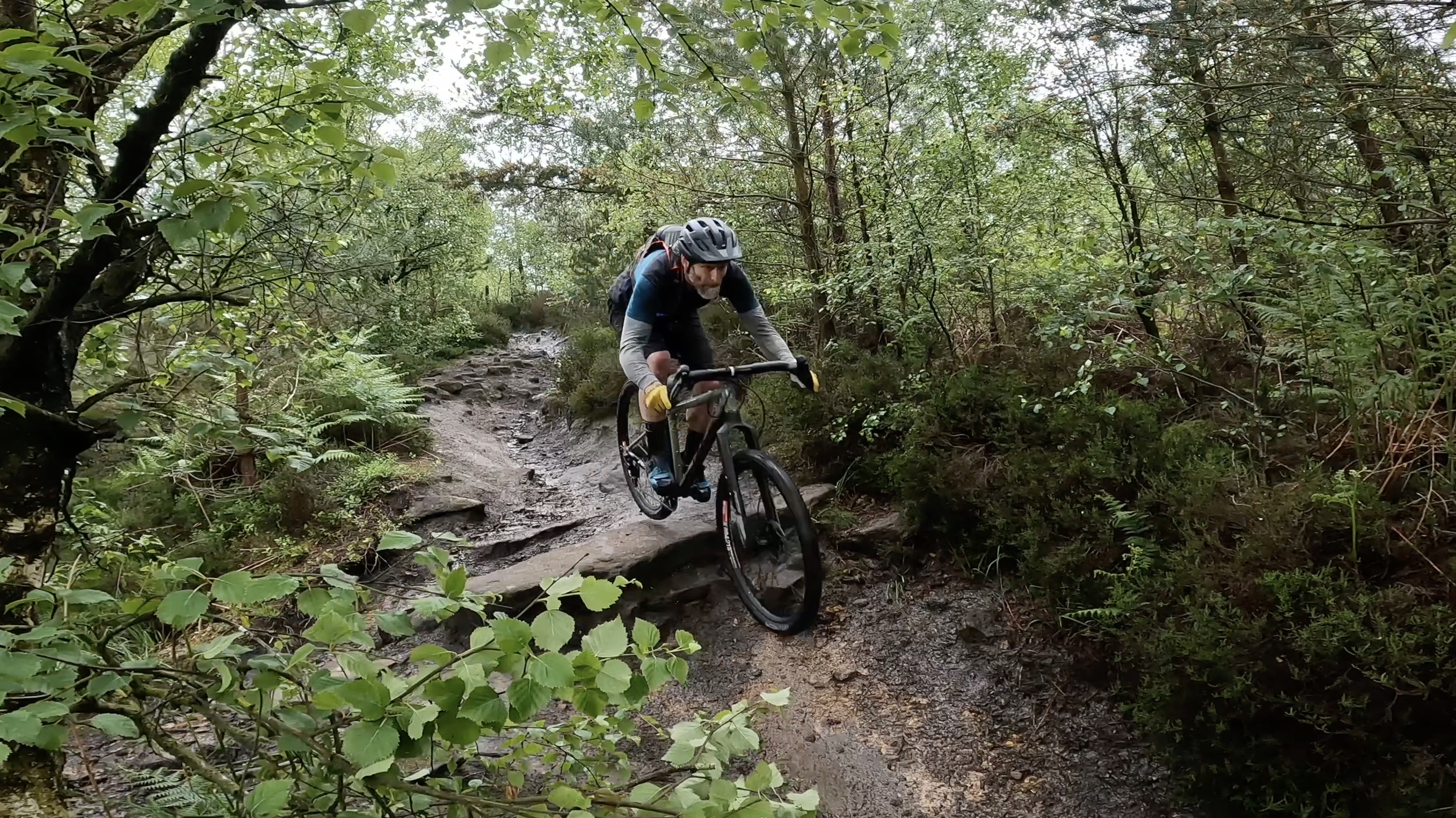
Having thoroughly enjoyed playing out (yes I chose that phrase carefully) on the T-Pack build, I couldn’t help feel apprehensive about testing the G-Pack drop bar version. Even my beloved Specialized Chisel long termer hadn’t survived an experimental move to a rigid fork with its character or capability intact. I was worried that the RC429 would feel similarly stunted in terms of speed through rougher, rooty or rocky sections and all that aggro geo would be utterly pointless as I tip-toed through technical bits. My tree clipping, high siding nightmare time testing the slack-angled Evil Chamois Hagar suggested that MTB angles and drop bar cockpits aren’t natural partners either.
There’s no doubt that fitting drop bars – even short reach ones with a similarly short stem – makes the RC429 a stretch compared to a normal gravel bike. It’s definitely far more interested in going straight rather than turning compared than a conventional drop bar machine. When I pressed down on the wide Pro bars to snap the Pace out of its stubbornness, it actually fell remarkably well-weighted. There was no hint of it standing up mid-turn, jack-knifing under or just shunting straight on. It just felt like an assuredly lazy trail bike without the complications of braking-related geometry change.
Despite (or maybe because of) the tree trunk-sized carbon legs, the fork is remarkably forgiving. Speaking to Adrian at Pace he said he’d deliberately designed and tuned its layup to mirror the feel of the frame rather than going for a heavier, stiffer fork that could take more weight (it’s limited to 3kg per leg) – and I reckon he’s nailed it. That meant initial worries about walloping into roots or rocks or sending it down moorland singletrack as hard as the silly geometry encouraged flipped into a giddy, big grin charge wherever possible. Needless to say, leaving conventional gravel bikes far behind added even more encouragement to playing drop bar enduro and it was only when I started abseiling wildly down a notorious rocky red route that began to really question my life choices. Obviously, there’s nothing stopping you from switching between a rigid fork and a suspension fork while sticking with drops (it’s the Epic MTB fashion right now, don’t you know) to split the difference either. Especially as the rigid fork has an MTB style post mount brake, rather than gravel style flat mount. That would still leave you with all the multi-hand position and aero advantages of the drop bar, but with no need to back off at all, even on that rowdy red run.
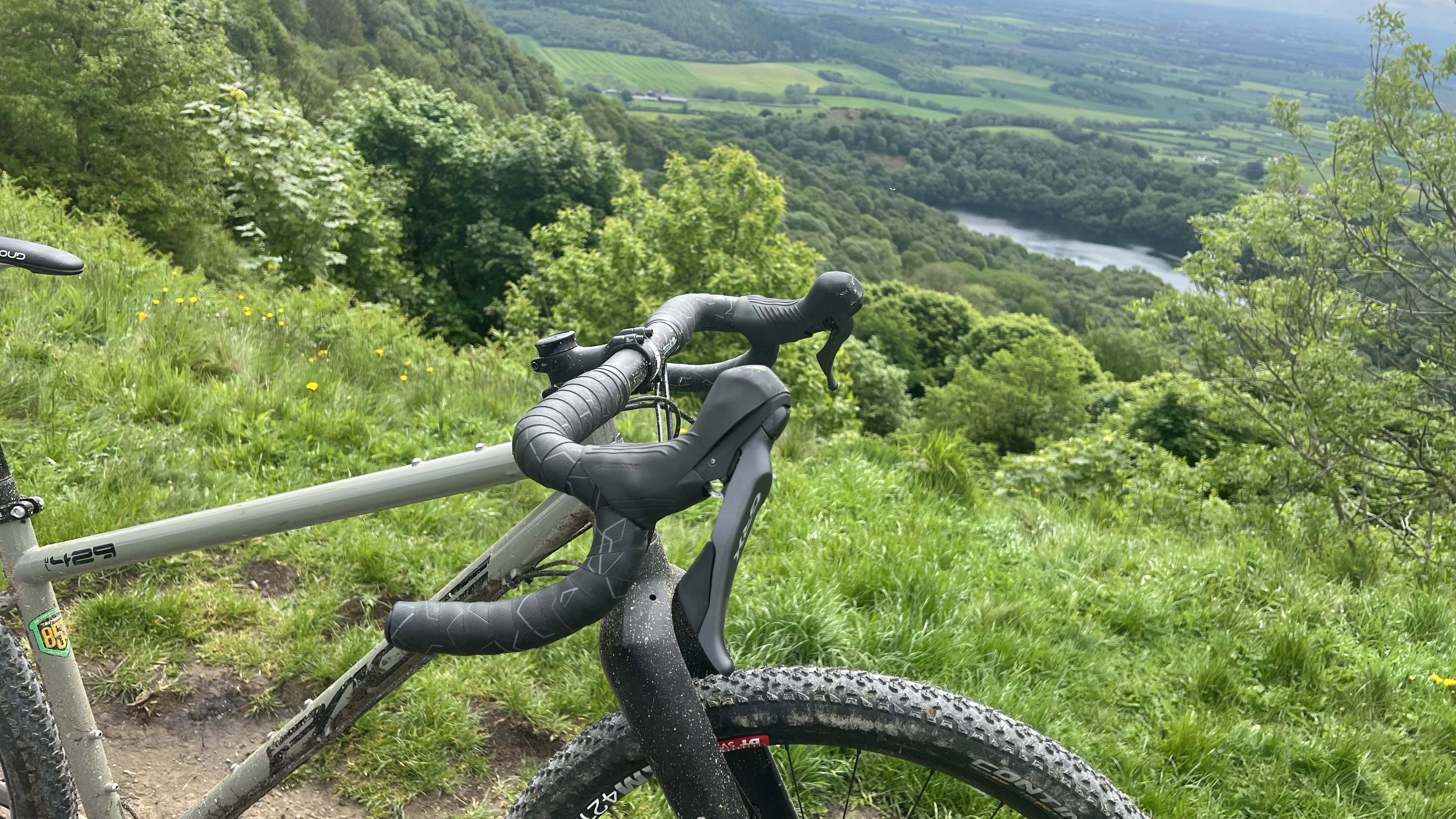
Verdict
Pace has been pushing the boundaries of off-road tech since the late 1980s (yes '80s) and clearly isn’t stopping yet. Ignoring the drop bar/rigid option, the RC429 is a great XC/DC/adventure MTB with a smooth flowing distance friendly vibe and the 24-hour bikepacking fixtures to match without the excess weight you’d expect. If you’re feeling aggro, it’s got the angles to tackle properly tech trails too, though the RC529 is the better bet if that’s your bread and butter. Despite all the fixtures and the futureproofing UDH it’s very good value for a European made steel frame too.
And that’s before you add the genuinely useful drop bar / rigid option. This is almost as fast as a pure gravel bike (it’s a little less aero and heavier too) on the road or non-tech surfaces, but has a far greater appetite for saving you from dumb stuff whether you’ve got into it deliberately or accidentally. To be totally honest, while they’re definitely Marmite, I’m a real fan of the way the RC429's radical looks separate it from the masses of off-roadie bikes out there, and provoke the stares and conversations to match.
Test conditions
- Surface: Everything from road to loam, roots, boulder drops and loose rock
- Trails: Road, gravel, natural XC, moorland singletrack, black red and blue grade trails centre and off-piste play trails

Tech specs: Pace RC429 'T Pack' GX AXS T-Type
- Discipline: XC / Trail
- Price: $5,576 / £4,999
- Head angle: 67.5º
- Frame material: Reynolds 853 steel main tubes
- Fork: RockShox Pike Ultimate, 130mm travel
- Size: S, M, M/L, L (tested), XL
- Weight: 12.45kg (L actual)
- Wheel size: 29in
- Chainset: SRAM GX 165mm arms with DUB bottom bracket.
- Rear mech: SRAM Eagle AXS GX, T-Type
- Shifter: SRAM Eagle AXS
- Cassette: SRAM Eagle XX SL CS-1275 12-speed 10-52T
- Brakes: Hope Tech E4 180/160mm rotors
- Tires: Schwalbe Racing Ray and Racing Ralph 29x2.25in
- Wheels: Zipp 1Zero HiTop
- Bars: Burgtec 30mm rise alloy 800mm width
- Stem: Hope Freeride 35 x 35mm
- Grips: Burgtec Bartender
- Seat post: BikeYoke Revive with reset Triggy lever
- Saddle: Burgtec Cloud Chromo
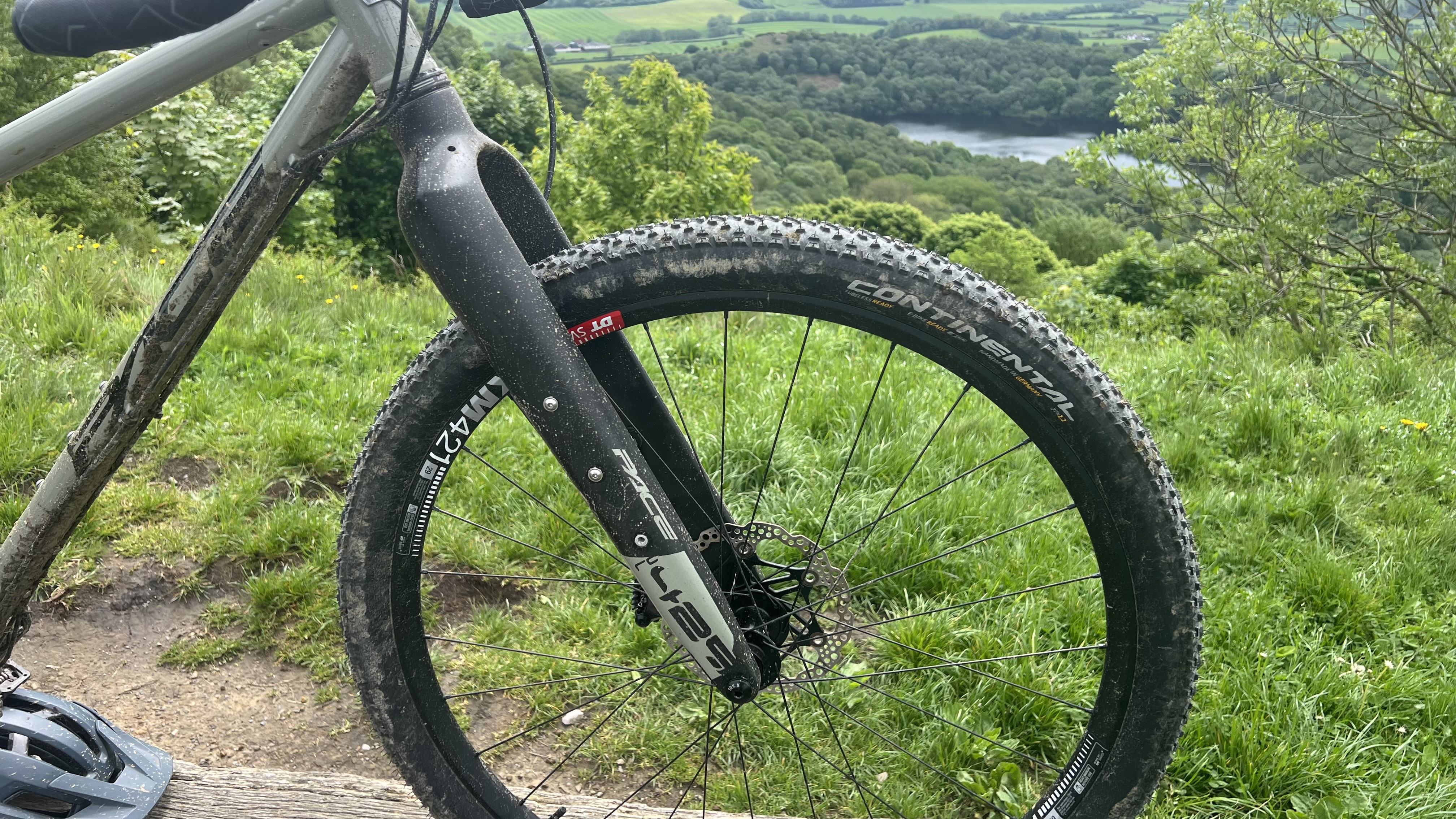
Tech specs: Pace RC429 'G Pack' GRX carbon fork
- Discipline: Gravel / adventure
- Price: $4.684 / £4,199
- Head angle: 67.5º
- Frame material: Reynolds 853 steel main tubes
- Fork: Pace rigid carbon fork
- Size: S, M, M/L, L (tested), XL
- Weight: 11.56kg (L actual)
- Wheel size: 29in
- Chainset: Hope RX-EVO 170mm arms with Hope stainless bottom bracket.
- Rear mech: Shimano GRX
- Shifter: Shimano GRX
- Cassette: Shimano GRX
- Brakes: Hope Tech E4 180/160mm rotors
- Tires: Schwalbe Racing Ray and Racing Ralph 29x2.35in front and Specialized Renegade, Control 29x2.35in rear tires
- Wheels: DT Swiss XM421 rims on Hope Pro 5 hubs
- Bars: Pro Discover Flare 31.8 x 480mm
- Stem: PRO LT 60MM
- Grips: Burgtec Bartender
- Seat post: DT Swiss D232
- Saddle: Burgtec Cloud Chromo







